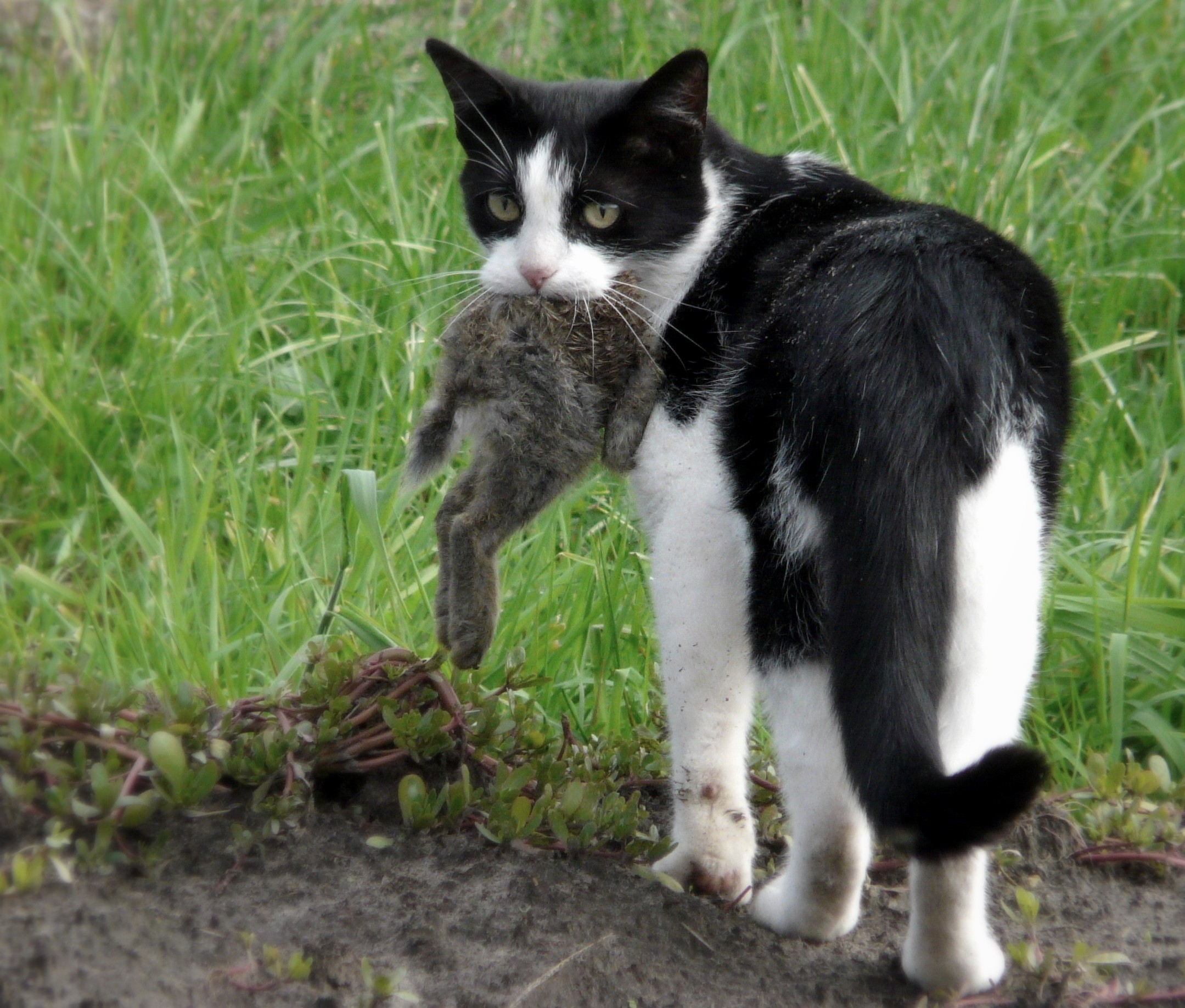
Titled Understanding Australia’s National Feral Cat Control Effort, this study included a data-gathering exercise of target groups and individuals likely to be involved or concerned with feral cat control. Significantly, when they projected results of culling efforts beyond the sample groups to a nationwide comprehensive likely figure, they drew a conclusion that from those groups and individuals represented by their sample, who killed 35,000 feral cats over the period, that nationally, the survey respondents represented a small fraction of people actively reducing feral cat numbers. The number of cats actually removed by these people nationwide numbered some 316,000. The study concluded that people like you and me, recreational hunters, farmers and hunting and shooting organisations were by far the major contributors to controlling feral cat numbers in Australia. Below is an excerpt of the abstract heading up the study.
Abstract Context. Feral cats (Felis catus) pose a significant threat to Australia’s native species and feral cat control is, therefore, an important component of threatened species management and policy. Australia’s Threatened Species Strategy articulates defined targets for feral cat control. Yet, currently, little is known about who is engaged in feral cat control in Australia, what motivates them, and at what rate they are removing feral cats from the environment.
- We aim to document who is engaging in feral cat control in Australia, how many cats they remove and to estimate the number of feral cats killed in a single year. Furthermore, we seek to better understand attitudes towards feral cat control in Australia.
- We used a mixed methods approach combining quantitative and qualitative techniques .Feral cat control data were obtained from existing data repositories and via surveys targeting relevant organisations and individuals. A bounded national estimate of the number of feral cats killed was produced by combining estimates obtained from data repositories and surveys with modelled predictions for key audience segments. Attitudes towards feral cat control were assessed by exploring qualitative responses to relevant survey questions.
Key results. We received information on feral cat control from three central repositories, 134 organisations and 2618 individuals, together removing more than 35,000 feral cats per year. When including projections to national populations of keygroups, the estimated number of feral cats removed from the environment in the 2017–2018financialyearwas316030 (95% CI: 297742–334318).
Conclusions. Individuals and organisations make a significant, and largely unrecorded, contribution to feral cat control. Among individuals, there is a strong awareness of the impact of feral cats on Australia’s biodiversity. Opposition to feral cat control focussed largely on ethical concerns and doubts about its efficacy. Implications. There is significant interest in, and commitment to, feral cat control among some groups of Australian society, beyond the traditional conservation community. Yet more information is needed about control methods and their effectiveness to better understand how these efforts are linked to threatened species outcomes.

Other Observations from the Survey
Most (91%) indicated that their feral cat control efforts were not recorded with any other organisation or database, indicating that our survey accessed previously unrecorded feral cat control information.
Beliefs about feral cats and attitudes towards feral cat control
Individuals who are engaging in feral cat control do so for several reasons (Fig. 3a). The most commonly stated reasons were “I am concerned about native wildlife and this is one way I can help” and “They are a pest”, selected by 87% and 68% respectively, of those engaged in feral cat control. More than a quarter (27%) of respondents indicated that feral cat control was Just something I have always done.
Further to this,
- Most (91%) indicated that their feral cat control efforts were not recorded with any other organisation or database, indicating that our survey accessed previously unrecorded feral cat control information.
- Importantly, our study highlighted the significant, but previously unknown, contribution of individuals and organisations towards feral cat control.
- Shooters comprised the majority of survey respondents and projections to this cohort accounted for the majority (73%) of the national estimate of feral cats killed.
So, all you hunters, shooters and farmers out there who take out every feral cat they can draw a bead on in the bush, take a bow. You are doing the country a major service, in a major way.

0 Comments